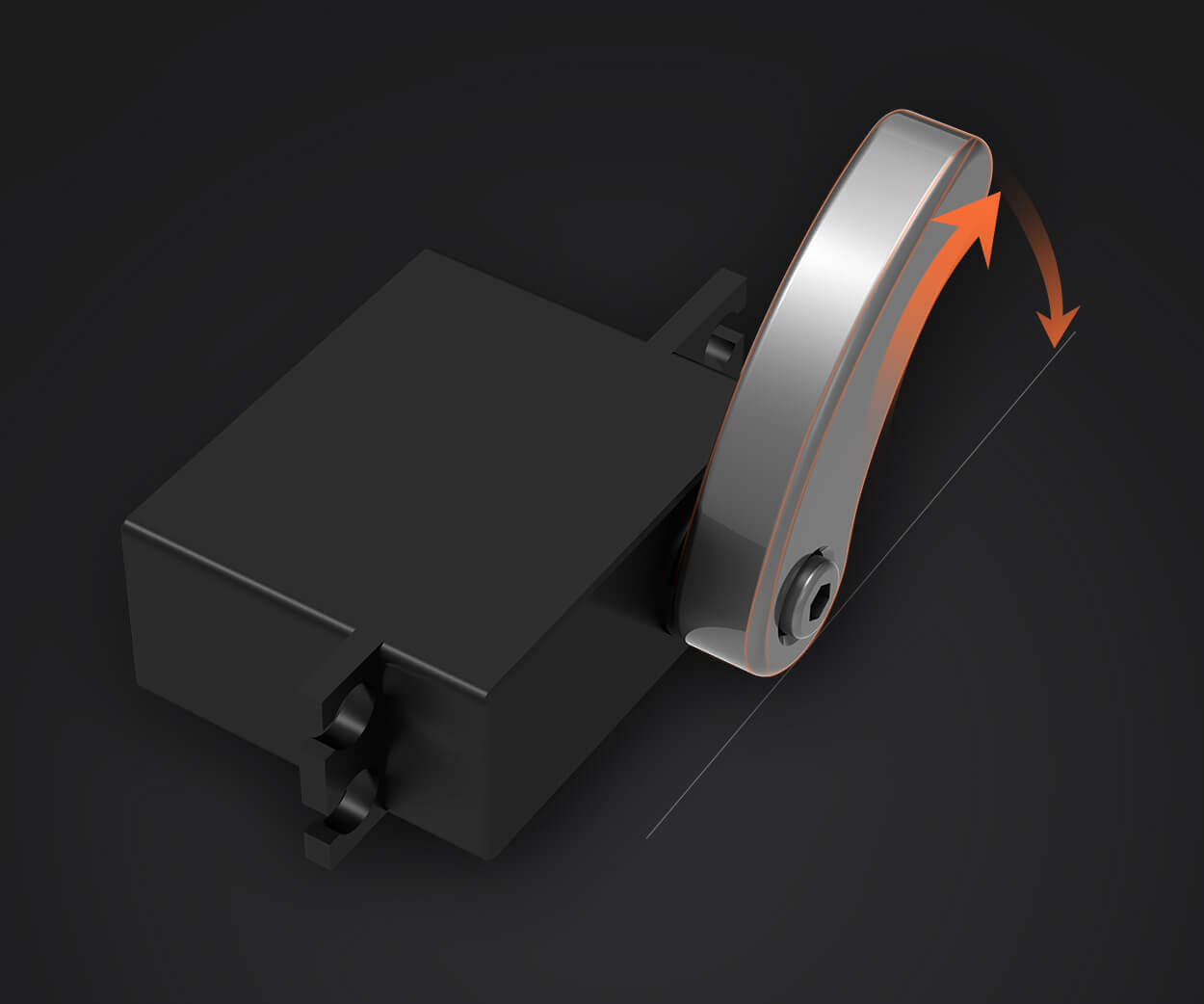Looking to pick the perfect servo motor? It's sometimes like hunting for that elusive piece of a puzzle—you know it exists, but finding the right fit feels like navigating a maze. Sometimes, you wonder, what’s the magic number? How do I get the size just right for my project? That’s where a smart approach to sizing steps in, turning what feels like guesswork into a straightforward decision.

First off, picture this: you need a motor powerful enough to handle your load but not so massive that it’s wasting energy or overheating. It's tempting to go big—more torque sounds better, right? But too much power means unnecessary costs. It's really about balance. If you’re trying to position something precise—like a robotic arm placing delicate objects—you want a motor that provides just enough agility without overkill.
So, what factors come into play? Well, there’s the torque requirement, which is basically how much turning force your application needs. Think about the heaviest part you’ll be moving and the speed at which it happens. Then, consider the inertia of your load—mass and how it resists change in motion. Do you need rapid acceleration and deceleration? That steers you toward a certain size.
Some questions might come up, like, “Is bigger always better?” Not quite. Imagine trying to fit a large glove onto a delicate finger—that could work but might distort movement or use more energy than needed. Instead, think of the servo motor as a tailored glove—just the right size to let your application breathe and perform optimally.
And let’s not ignore durability. Larger motors often last longer under heavy use, but they might also generate more heat. So, it’s a bit of a puzzle—balancing size, power, and heat dissipation. Sometimes, choosing a slightly smaller motor with better cooling features or higher efficiency could do the trick.
Unsure about what specifications to focus on? Ask: “Will this motor handle my peak load without straining?” “Does it have enough torque for unexpected resistance?” Sometimes, these answers only become clear after thorough calculation or testing, but planning ahead means thinking about future needs too.
In the end, selecting the right servo motor size isn’t about finding a one-size-fits-all solution. It’s about considering your unique application—what kind of precision, power, and speed you’re after—and matching that with the right motor specs. When done right, it’s almost like the motor becomes an extension of your project, working seamlessly without fuss.
If you’re steering into the world of servo motors, keep a sharp eye on how each specification influences your goals. And remember, sometimes a little extra thought at the beginning saves plenty of headaches later on. It’s an investment in smooth operation, longevity, and performance—no magic, just good planning.
Established in 2005, Kpower has been dedicated to a professional compact motion unit manufacturer, headquartered in Dongguan, Guangdong Province, China. Leveraging innovations in modular drive technology, Kpower integrates high-performance motors, precision reducers, and multi-protocol control systems to provide efficient and customized smart drive system solutions. Kpower has delivered professional drive system solutions to over 500 enterprise clients globally with products covering various fields such as Smart Home Systems, Automatic Electronics, Robotics, Precision Agriculture, Drones, and Industrial Automation.




































